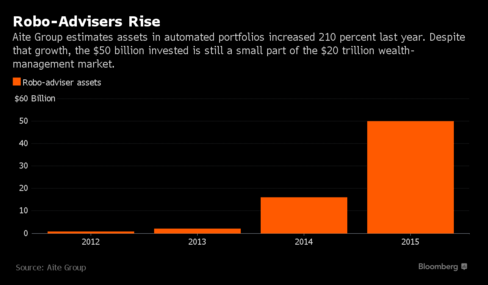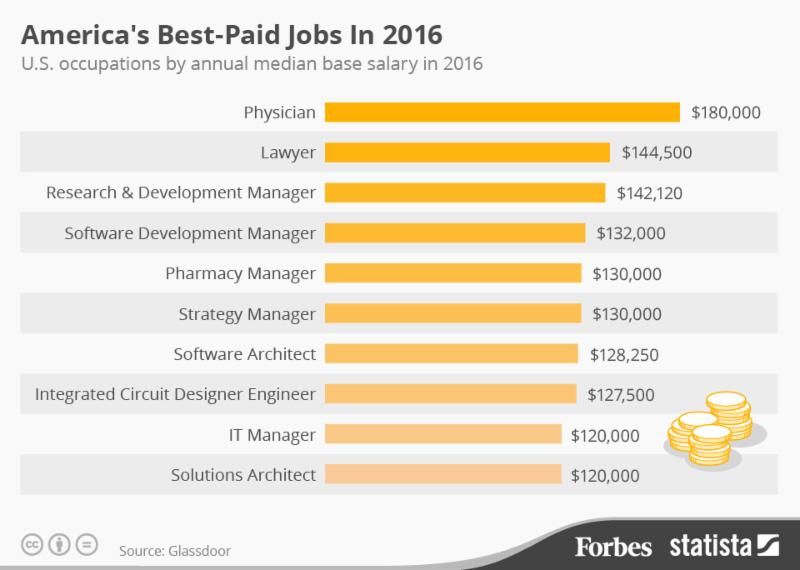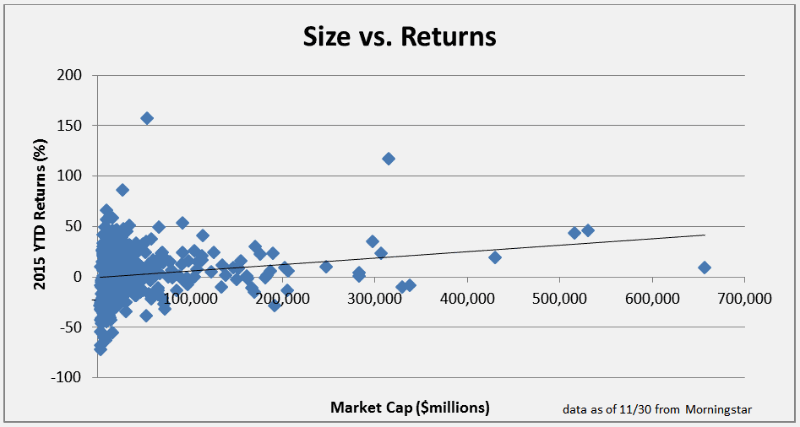I'm a veteran trend-tracker and it came as no surprise when friends and colleagues started forwarding an article from Bloomberg about the rise of the automated robo-advisers. These were initially used as low-cost platforms for millennials to build their investment portfolios, but are now being embraced by more affluent investors.
This is a classic "disruptive innovation", as defined by Harvard Business school professor Clayton Christensen in The Innovator's Dilemma: When New Technologies Cause Great Firms to Fail.
Christensen explains that "disruptive innovations (are) technologically straightforward, consisting of off-the-shelf components put together in a product architecture that is often simpler than prior approaches." Disruptive innovators offer less of what customers in established markets want. Instead, they choose to satisfy emerging customers outside the mainstream. In this case, that would be emerging investors from the millennial generation who are looking for basic, no-frills advice.
Since 2012, robo-advisers such as Personal Capital, Betterment, SigFig, and even "me too" offerings from Schwab and Vanguard, have been marketing aggressively on social media. In the past four years, the assets under management by robo-advisers have grown to $50 billion.

Wealthfront advertises itself as "the most tax-efficient, low-cost, hassle-free way to invest." Their management fees are low at 0.25% per year. This is part of their appeal, especially during what has been a flat market environment for stocks.
However, it is worthwhile to look at their portfolios, which are interesting simply because they are so bland .
Building portfolios of index funds just isn't that complicated and doesn't actually require a robo-adviser (although it does sound kinda cool). Overall, it is a perfectly reasonable place to get started.
Once you get behind the glossy web-based interface, you'll find a very old-fashioned approach to investing. This is what people miss -- the backbone for most robo-advised portfolios is based on Nobel prize-winning theory.... from the 1970's. And here I'm talking about modern portfolio theory (MPT). The emphasis on index funds was heavily influenced by Burton Malkiel's classic book, A Random Walk Down Wall Street , written in 1973.
More recent results have been mixed -- index funds have, in fact, outperformed more active strategies, but the returns of MPT-based portfolios have lagged the performance of the S&P 500 for several years now. Many personal advisers (including myself) still believe in MPT and a more generalized use of diversification as a way to manage risk. However, these tools are simply not the beginning and end of investment management.
Almost all robo-advisers are still missing out on much worthwhile research written during the past thirty-years. This includes Rob Arnott's work on alternative indexing strategies , Jeff Hirsch's data on seasonality effects and investment returns, Sam Stovall on the persistence of price momentum, and Richard Thaler's pioneering studies in behavioral finance. These ideas can outperform the market by understanding the circumstances in which markets are inefficient - something that standard index funds (by definition) will never do.
Robo-advisers seem to be picking the low-hanging fruit. They don't manage portfolios of individual stocks, can't handle options, and still offer only very basic financial planning advice.
So, if robo-advisers are now doing the "easy work", more human financial advisers need to focus on doing the "hard work" of managing client relationships, identifying risks, researching ideas, and thinking outside the box.
 Four years ago, I needed to create a logo for StratFI. The problem was my complete lack of artistic talent. Investment managers are good at other things, such as geeking out in front of the computer, obsessing over quarterly earnings reports, or making sense of economic statistics. We also love to read.
Four years ago, I needed to create a logo for StratFI. The problem was my complete lack of artistic talent. Investment managers are good at other things, such as geeking out in front of the computer, obsessing over quarterly earnings reports, or making sense of economic statistics. We also love to read.


